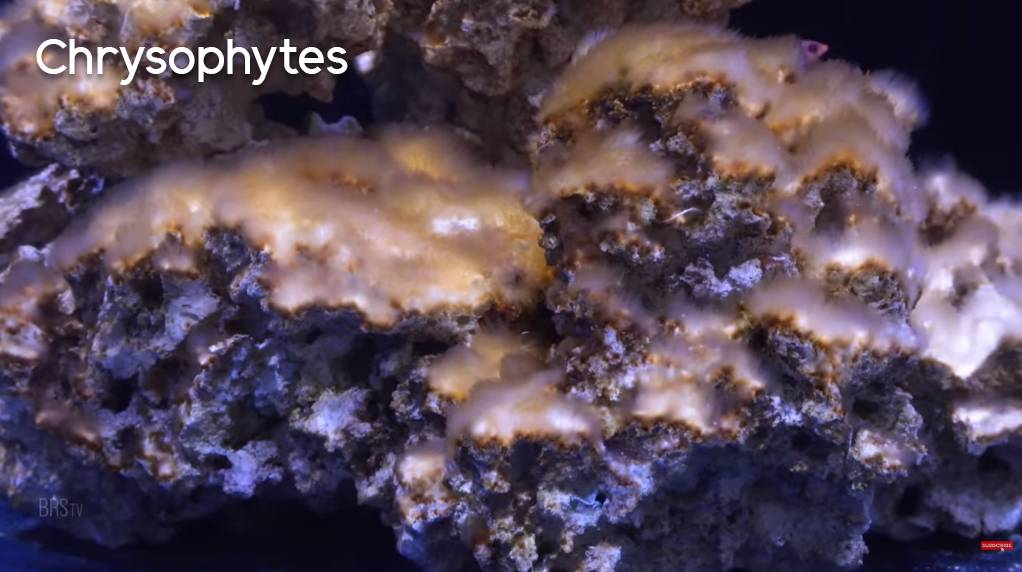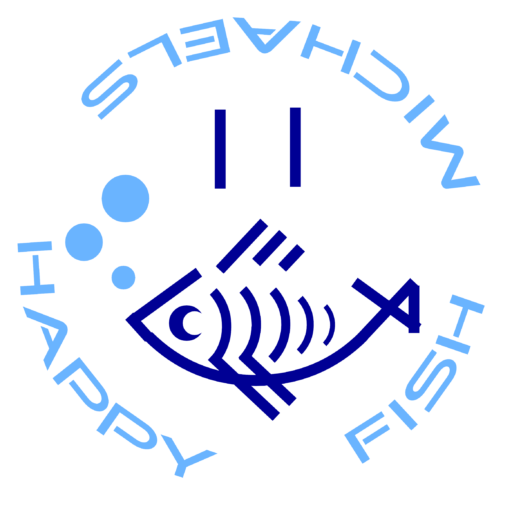- Your cart is empty
- Continue Shopping
Common Nuisance Algae and How to Treat Them

Common Nuisance Algae and How to Treat Them
Preventing Photosynthetic Pests in Reef Aquariums
- Limit the introduction of pests in the first place. Use coral dips, clean & Rinse frags, use sterile dry rock, practice quarantine with fish, and don’t add fish-bag water to your tank.
- Establish a healthy biofilm on the rock to outcompete the uglies for space and resources.
- Establish a population of micro predators – copepods, amphipods, and small snails that hunt and prey upon these pest algae.
- Maintain a traditional clean-up crew in the way of mesopredators including crabs, snails, urchins, etc.
- Macro-predators like tangs, rabbitfish, and blennies will help reduce the spread of pest algae.
Successful prevention is more than a handful of hermit crabs and a few snails, it requires a network of organisms in addition to a disciplined approach to establishing the aquarium that will produce the desired results.

Algae can enter your aquarium from introduced rocks, sand, frags, and even floating in the bag alongside a new fish. While algae is a completely normal and healthy part of an aquatic ecosystem, when the conditions are right inside an aquarium algae can become quite problematic. Many types of algae will grow quickly and can outcompete corals for real estate, not to mention it looks pretty nasty if left unchecked.
The key to algae management is control and biodiversity. It’s important to “nip algae in the bud” so to speak and remove it as soon as you see it. As a tank matures, it becomes increasingly more biodiverse which reduces the chances of any one species of bacteria and/or algae becoming dominant. Consequently, new aquariums are generally more susceptible to algae and pest outbreaks.
Nothing good happens quickly in a reef tank and just like it takes algae time to grow, it will take you time to clean it up.
Diatoms
Diatoms are a major group of microalgae and although they can seem nice to look at when viewed under a microscope they can make your tank look horrible by covering it in “powdery brown slime”. Very prevalent in new reef tanks, diatoms are usually one of the first algae to colonize the surfaces of pristine rock and sand, turning a sparkling new aquarium into a brown swamp seemingly overnight.
Diatoms
These single-celled algae are highly competitive and show up as a light brown coating or “dust” that coats the surfaces inside your tank. They are often short-lived, coming and going inside of 7 days but can sometimes be much more explosive and stick around for much longer and in higher numbers.
Diatoms reproduce quickly and rely upon nitrogen, phosphorous, and light to survive. They have a unique silica-based cell wall which has led some hobbyists down the road of limiting silica in the aquarium but just like reducing nutrients, this approach is often not 100% effective for eliminating a pesky diatom bloom.
While diatoms can outcompete most anything in your tank if given an opportunity, they are also easy prey for a variety of other microorganisms including copepods!
Redundancy – Beating diatoms may be less about starving them of nutrients and more about maintaining a redundant biome where competing organisms exist in harmony.

Cycling a new tank, diatoms are often the first sign of life.
HOW TO BEAT DIATOMS
- In new tanks, it’s best to just let the diatoms run their course. After a couple of weeks, the diatom bloom should die off all on its own. Just be sure to keep up with water changes and maintenance.
- UV sterilizers will help reduce the spread of diatoms and may prevent an outbreak altogether.
- A natural method is the use of sailfin or black mollies (brackish fish that can be added to marine systems,) which are good at grazing it.
- Regular maintenance in the form of regular glass cleaning, water changes, and substrate vacuuming. Filter socks, pads, and sponges will help catch and remove any that you dislodge into the water, which should then be swapped out for a new filter.
- GFO or phosphate removal media can help control both phosphate and silicates which helps starve diatoms long term.
Cyanobacteria
Cyano isn’t algae. As the name suggests, it’s a special kind of bacteria, but a common nuisance all the same. While Cyano or “red slime” looks and behaves like algae, it is an opportunistic photosynthetic bacteria and thrives in fluctuating KH and pH conditions; it can even grow in systems with zero nitrate and phosphate or low-nutrient aquariums. It usually starts in the quiet areas of the tank where detritus accumulates and spreads from the substrate upwards.
Most hobbyists become familiar with cyano at some point which emerges as purple to deep red slime that coats the sand bed and rock surfaces in a saltwater aquarium. Microscopically, it’s a network of tight yet randomly woven filaments that easily crowds out the competition.
It is photosynthetic bacteria meaning it does require light to survive and thrives in areas of lower flow. The low flow not only means the bacterial film cannot be blown away as easily but also happens to be where decaying organic waste settles as well. There is a long-standing belief that the direct cause of cyanobacteria is readily available nutrients from poor tank maintenance but this really only seems to be partially true because hobbyists can rarely get rid of cyanobacteria by simply reducing nutrients alone.
In our experiments, cyano showed up in all of the aquariums at some point but only became more prevalent in the aquariums that had an insufficient means of exporting decaying organic waste. Cyano also showed up in a big way immediately after another pest died off.
Competition – Can a healthy bacterial biofilm outcompete cyano? Will sufficient flow and an effective method of filtration along with a healthy biome prevent cyanobacteria altogether?
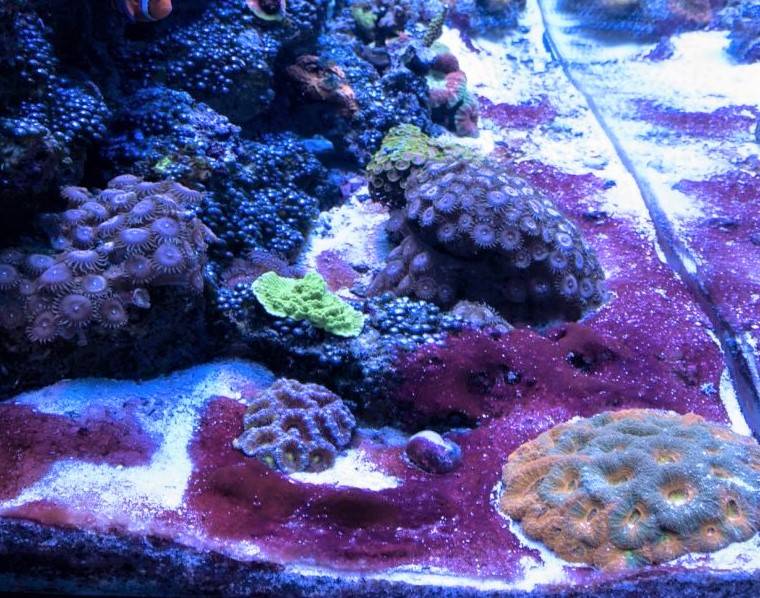
HOW TO BEAT CYANOBACTERIA
- Increase circulation and minimize dead spots with extra wave pumps and fewer rocks.
- Vacuum the substrate regularly and thin the substrate if necessary. Remove all cyanobacteria manually as soon as it begins to grow with a siphon tube.
- If you have a nutrient imbalance, correct it. Zero nutrients can be just as bad as elevated nutrients.
- Consider using a chemical cyanobacteria product, just follow the instructions carefully.
Green Algae
Hair algae, bubble algae, turf algae, bryopsis – all of these fall under the umbrella of green algae and have plagued aquarists for decades. While they are all unique in some ways, they share many of the same traits; green algae are photosynthetic, have very similar cell structures, and have almost identical environmental preferences. Common advice revolves around the physical removal of the growing algae, starving the aquarium of nutrients, and adding clean-up crew animals like herbivorous fish and invertebrates.
While the steps for eradication can be effective, the biggest part of avoiding a serious infestation of green algae is preventing it from dominating your aquarium.
It is important to understand that green algae must be introduced into the aquarium in order to show up. It doesn’t just materialize out of thin air which brings us to the conclusion where we discuss prevention and provide you with 5 easy ways to avoid an annoying outbreak of pest algae altogether.
Green Hair Algae
Green hair algae thrive in bright light and high phosphate levels. It prefers bare rock surfaces, ideally those like natural reef plates or reef bones which are leaching phosphate from previous die-offs. In severe cases, it grows long and stretches across the tank like green spider webs, but it can also be short like turf. This is probably the most common pest algae that turns tanks into algae farms because once it dominates an aquascape, it can be very difficult to eliminate without removing all of the rocks.
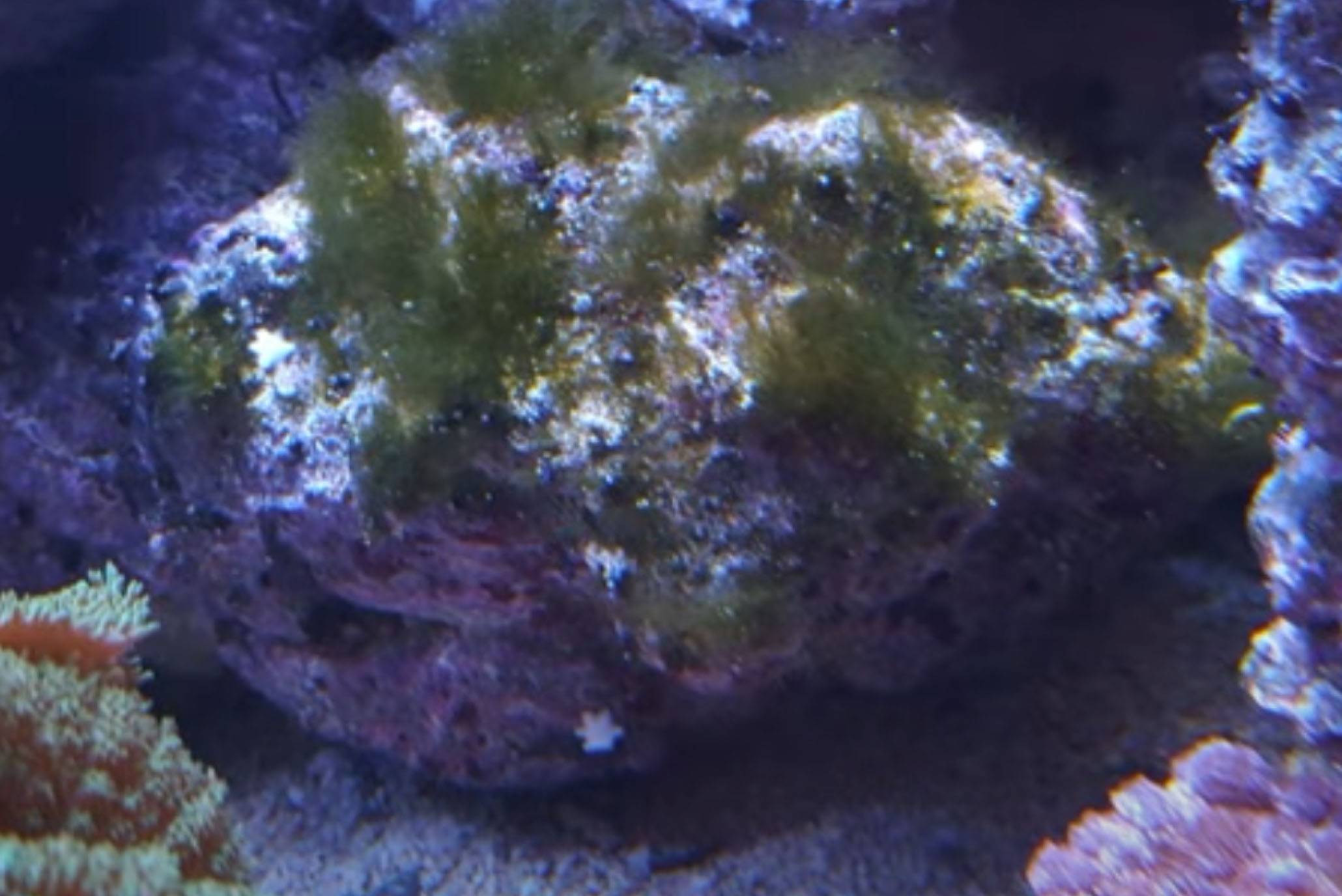
HOW TO BEAT GREEN HAIR ALGAE
- Clean and remove hair algae at first sight.
- Unlike Diatoms and Cyano, hair algae have some nutritional value which means herbivorous invertebrates and fish might graze on it. A diverse clean-up crew of hermit crabs, assorted snails, urchins, or even sea hares can be very effective at preventing hair algae from becoming problematic because they will graze upon the new hair algae growth that pops up on any rock surfaces.
- For fish, use Zebrasoma or Ctenochaetus tangs, rabbitfish, or algae blennies. Be sure that your aquarium size is sufficient enough to house an appropriate amount of livestock if using this method.
- Phosphate control methods can be used to starve it, or introducing competing algae to the system via an algae scrubber or macroalgae refugium would also help to rid the system of spare nutrients, and fight the nuisance algae. Bottom line, if you have a nutrient imbalance where phosphates are elevated…correct it.
- If all else fails, remove the rocks from the tank and scrub them as clean as you possibly can. The problem with hair algae is it’s difficult to remove completely without bleaching the rock. While you can remove the long tufts, the tiniest little bit leftover can quickly grow back.
- Some hobbyists are having luck using hydrogen peroxide to kill the algae on the rock surfaces which is quicker and won’t completely kill your live rock.
Bubble Algae
Bubble algae is introduced on the base of corals or live rock and tends to manifest itself as the tank ages. If left, it can smother all the rocks in the tank, block pump inlets, and can even kill corals. A common characteristic of this algae is that it also traps detritus between its bubbles which fuels even more algae growth. Like hair algae, bubble algae can be tough to control if you let it get out of hand. It is also believed that crushing the hollow bubbles will release spores in to the tank, causing more algae to spring up.
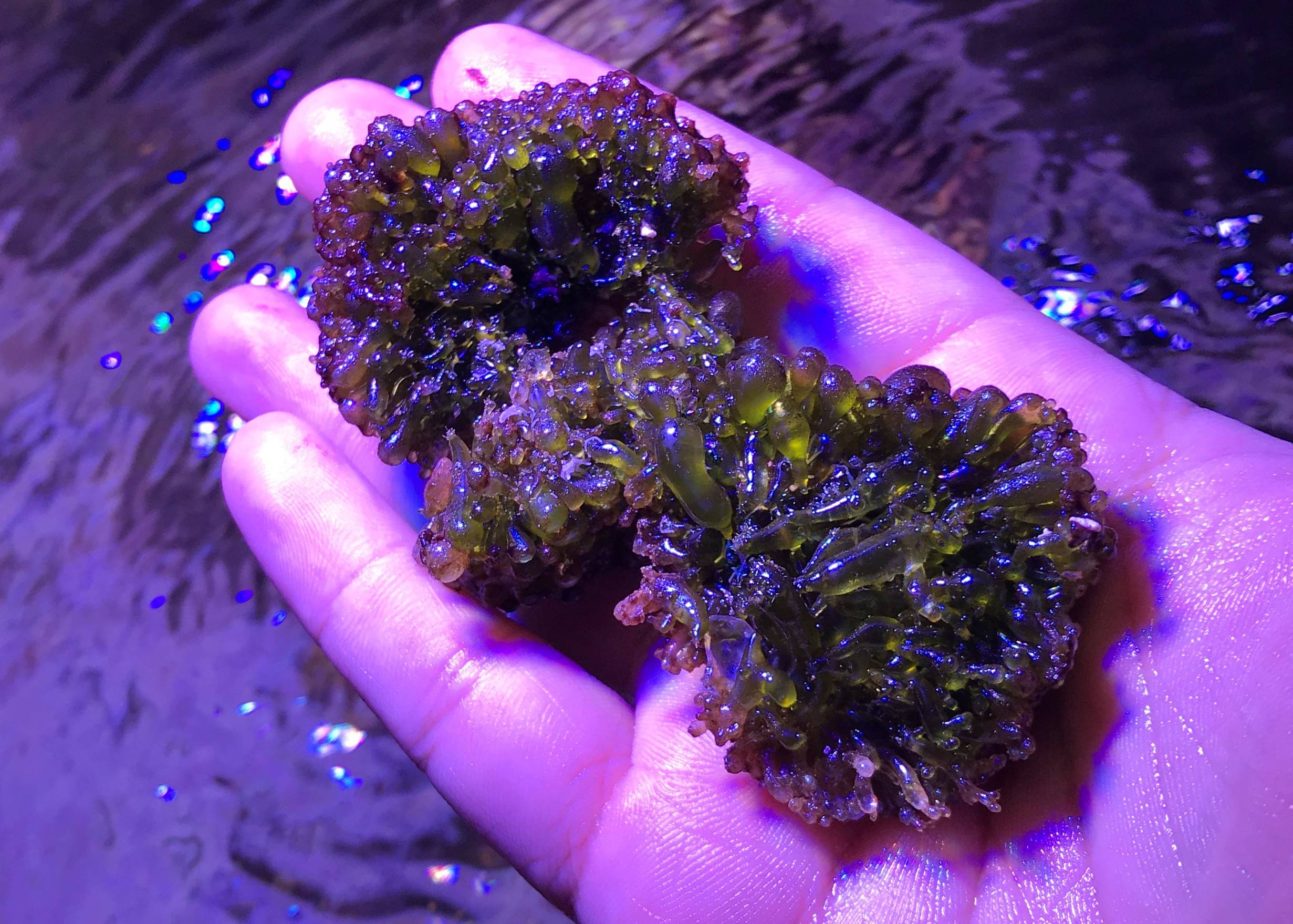
HOW TO BEAT BUBBLE ALGAE
- Clean and remove algae at first sight.
- Emerald crabs (Mithraculus sculptus) should be considered and are natural bubble algae specialists. They will help tackle and prevent future bubble algae outbreaks. For severe infestations, multiple crabs may be needed.
- Brightwell Razor Systemic Cleaner has proven to be effective on bubble algae. Brightwell Razor cleans the surface of the aquascape, making it harder for bubble algae to attach. Bubble algae begin to detach from surfaces and can be scooped, siphoned, or filtered out.
- Short of a hungry Emerald Crab, manual removal is the most effective approach with Bubble Algae. Take the rock out of the tank so you can be thorough and pry the colonies off of the rock with your fingers, forceps, or aquascaping tools. It’s a good idea to rinse the newly cleaned rock in saltwater before placing it back into your display. In theory, this will help rinse away “bubble algae spores” left on the surface of the rock and help to reduce a satellite infestation.
Macroalgae (seaweed)
Macroalgae is another name for seaweed, and many forms grow in the marine aquarium. We purposefully grow macroalgae like Chaetomorpha or Caulerpa inside refugiums to help reduce nutrients and compete with other nuisance algaes. That being said, if the macroalgae manages to escape the refugium and begin to grow in your display, it can be problematic. It can grow very fast and outcompete your corals for space in the display.
The invasion of macroalgae is usually only a threat if you choose any species of Caulerpa or Ulva (Sea lettuce). Chaetomorpha is a much safer option and exactly why it is the preferred algae to stock in refugium.
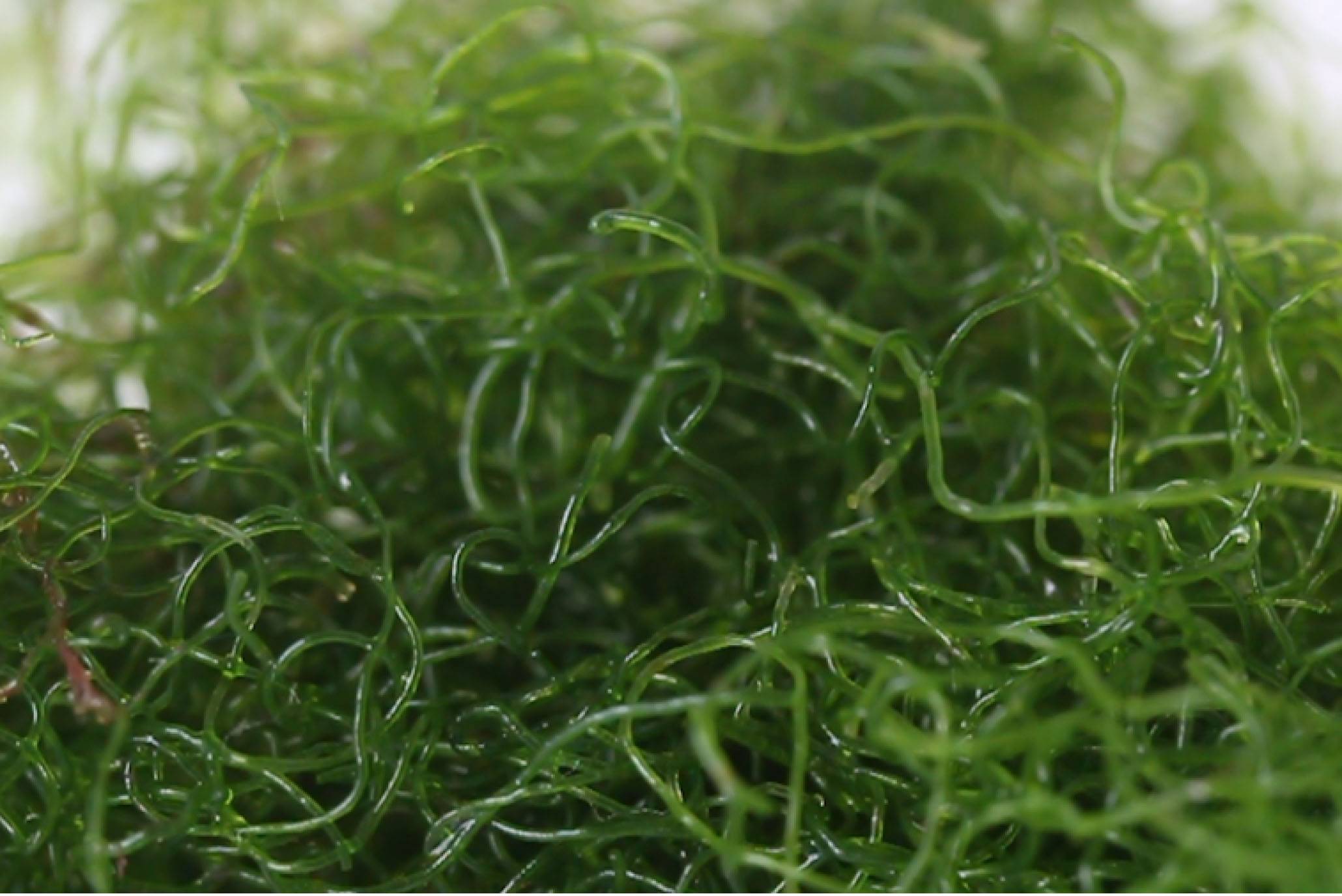
HOW TO BEAT MACROALGAE
- Harder to come by, but live rock taken from the ocean may be holding macroalgae hitchikers
- Rabbitfish, surgeonfish, angelfish, or a combination of these fish will constantly graze the rockwork and help to prevent it from growing.
- Manual removal is generally easy as the algae is large.
- Urchins are great at mowing down macroalgae too, cutting through to the base where the algae attaches to the rock.
Calcareous Algae – Coralline Algae
Coralline algae are red algae with hard cell walls that contain calcium carbonate. They are usually pink or red, but can also be purple, yellow, blue, white, or gray-green. Coralline algae are stiff, branched, plant-like protists that are photosynthetic, but are not considered plants.

HOW TO BEAT CALCAREOUS ALGAE
- When growing on glass calcareous algae can be scraped off with an algae magnet equipped with a metal blade, like the Flipper Float Algae Scraper. Otherwise, a razor blade can be used very carefully so as not to scratch the glass or cut into the silicone holding the tank together.
- Urchins are one of the few invertebrates that can eat it, along with Asterina starfish, a common hitchhiker
- When growing on pumps and other equipment, a soak in citric acid pump cleaner followed by scrubbing with a soft bristle brush can clear out calcareous obstruction. A distilled vinegar-water (1:1) solution soak can be used too. It is recommended that you soak and clean your pumps every 30-60 days to prevent damage due to Coralline Algae build up.
Dinoflagellates
Easily confused between diatoms and cyanobacteria, dinoflagellates tend to be on the browner side in color. They aren’t algae, but rather small marine plankton. This common aquarium nuisance forms a mat on sand and rock producing slime-like brown strings and trapped air bubbles. Dinoflagellates are a menace when they get out of control and can have many hobbyists scrambling to find ways to get rid of them.
Different species can show up and the popular approach is to start with identifying the particular species of dinos your dealing with. From there, you can tailor your treatment based on the particulars species.
There are thousands of different types of dinoflagellates and the ones that show up in a saltwater aquarium are all quite difficult to overcome. The different types can take on different appearances but for the most part, they will show up as a brown, bubbly, snot-like substance that covers the surfaces inside your tank.
Dinoflagellates are dreaded by hobbyists because the solution that works for one species, may not work for another. Some dinos are photosynthetic, others are not. Some are motile while many others are not. Most hobbyists that overcome dinoflagellates employ a multipronged attack that focuses on the resources rather than eradicating the dinos themselves. Bacteria additives, biome sharing, a blackout period, and UV sterilizers are all effective treatments for dinos and it’s a combination of these solutions that most often prevails.
Cyano, diatoms, and dinos are easily confused and commonly misidentified by hobbyists because they do look somewhat similar and show up in seemingly similar situations. With that in mind, the solution to these pests may be more about prevention rather than eradication meaning proper identification will never be required. Maintaining multiple layers of protection via a healthy biome that doesn’t allow for any one pest to prevail.
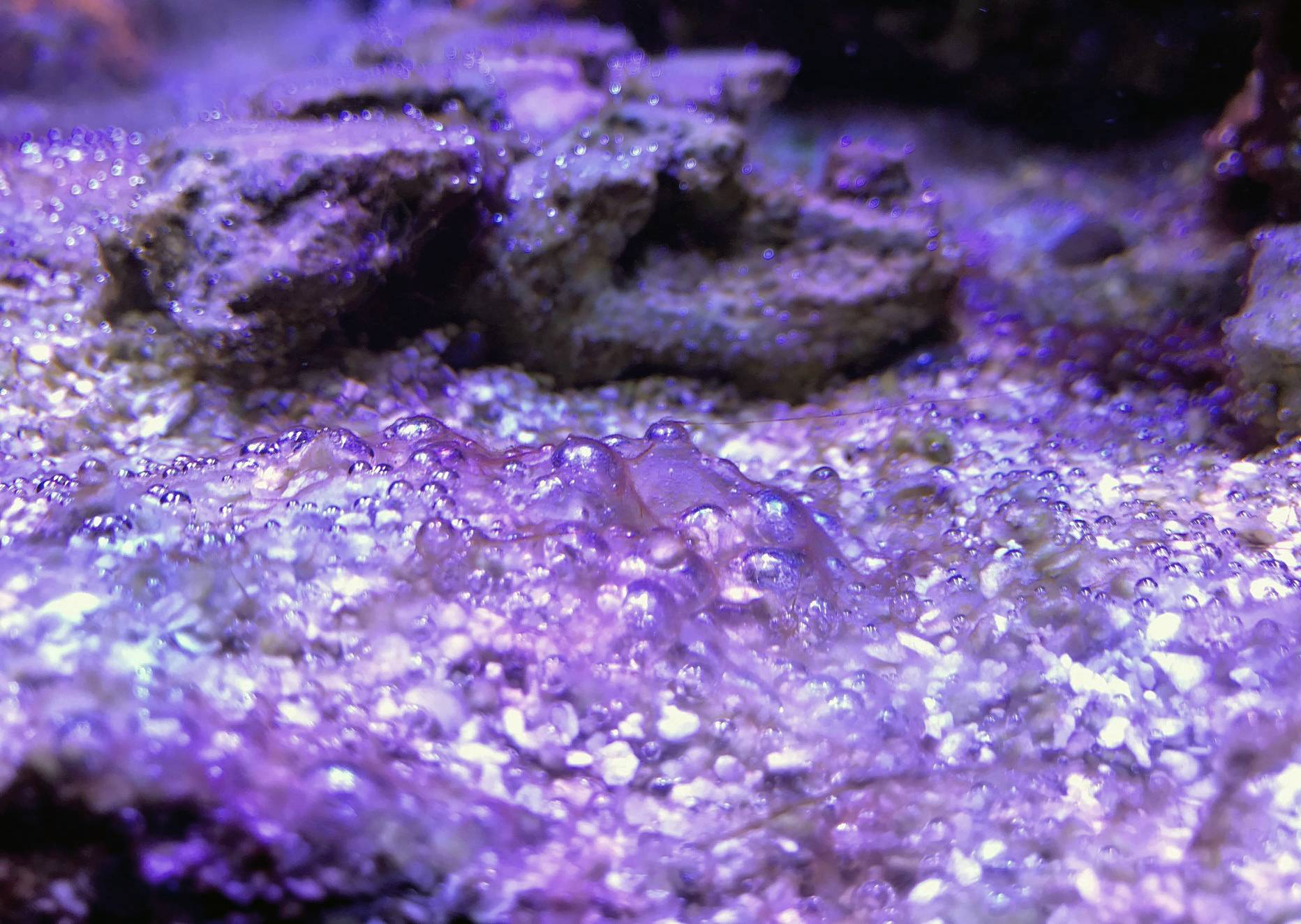
HOW TO BEAT DINOFLAGELLATES:
- Manual removal through water changes and siphoning sand lowers the infestation.
- Nutrient control helps prevent an outbreak so be sure to maintain water parameters accordingly. Test nitrates and phosphates and if undetectable, the imbalance may be the cause.
- Dosing nitrogen and phosphorus in low nutrient systems along with liquid carbon dosing has been reported to help by feeding beneficial bacteria to help regain balance of the nutrients in the tank.
- Since they are photosynthetic, blacking out your tank for a few days has also been reported as an effective means of control.
- UV sterilizers can help reduce the spread and prevent outbreaks.
- Consider regular addition of beneficial bacteria additives which can help outcompete the dinoflagellates for resources. Using multiple different types of bacteria will further increase biodiversity, helping in your fight against dinos.
Chrysophytes
Most often called “gold or golden-brown algae”, there are thousands of different types of chrysophytes. They take on a variety of forms in new aquariums and can show up as light-colored fuzz, long filaments, or bulbous colonies of light brown growth. Their cells have flagella meaning they are motile and will spread throughout your entire tank in a hurry.
Chrysophytes are a kind of algae meaning they are photosynthetic and thrive under light but what makes them especially unique is their ability to turn predatory. They can actually acquire nutrients by preying on microbes when light sources are not sufficient. It is rare for chrysophytes to share the tank with other pests and they tend to show up in only the most sterile approaches to cycling a tank (dry rock and dry sand) and when nitrate and phosphate are not abundant. Presumably, this ability to sequester nutrients via photosynthesis and predation allows for their prevalence in this environment.
Nutrients – Nitrate and phosphate play a major role throughout the Biome Series. Why are nutrients, or the lack thereof, both the cause and solution to many of these pests?
